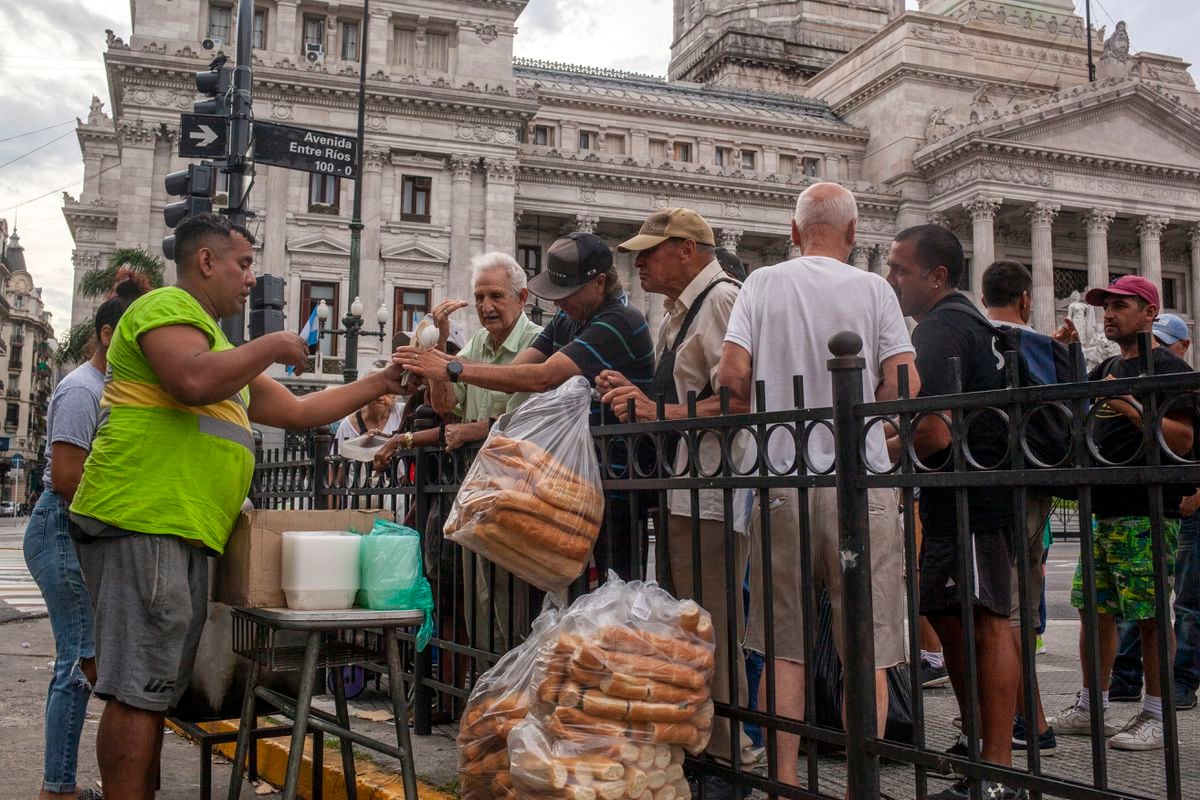There is broad consensus that the unequal distribution of income, wealth and opportunities in Latin America and the Caribbean made it difficult to create united societies and robust democracies, in addition to frustrating the ambitions of young people;
But attempts to close the gap between rich and poor have fallen short and progress has come to a standstill.
Governments urgently need information that better demonstrates how to remedy this long-standing problem.
To this end, the Inter-American Development Bank created a team with the London School of Economics, Yale University, the Institute for Fiscal Studies and academics from more than a dozen leading universities to comprehensively reconsider inequality in Latin America and Caribbean.
The project's initial research—which included critical review of existing literature, recent data, and new analyzes—has already shown that inequality in the region is neither as predictable nor as static as many believe.
First, inequality in Latin America and the Caribbean is not uniform: in some countries – such as Brazil, Colombia, Guatemala, Honduras and Panama – income inequality is extremely high, while in others – such as Bolivia, the Dominican Republic, El Salvador and Uruguay—is similar to that of the United States.
Furthermore, far from being a fixed characteristic in Latin American and Caribbean societies, inequality has fluctuated over time: in most countries it began to increase rapidly in the 1970s, peaked in the ninety and then it started to go down.
Today, inequality in the region is lower than three decades ago due to educational improvements (which reduced the wage gap), commodity-driven economic growth, and a host of government social programs.
But it has basically
reached
unacceptable levels since 2014, when the region fell prey to economic stagnation.
Bolivia, Brazil, Chile and Peru significantly reduced inequality between 1980 and 2010, even though it remains high when compared to other countries with a similar level of development.
A study that followed the evolution of inequality from 1980 to date shows that this broad pattern hides significant variations.
For example, Bolivia, Brazil, Chile and Peru significantly reduced inequality between 1980 and 2010, even though it remains high compared to other countries with a similar level of development.
On the contrary, inequality increased steadily in Costa Rica during that period.
We must abandon the fatalistic assumption that the entire region is affected by the curse of structural inequality immune to political interventions.
The project further revealed that inequality in the region appears to be more deeply rooted in terms of wealth than income.
Although the data is still very limited, one study found that in Chile, Colombia and Uruguay about 1% of the population controls between 37 and 40% of the total wealth, while the poorest half only controls a tenth of it.
Additionally, the net worth of many low-income households is negative, because their debts exceed the combined value of their homes, vehicles, and other assets.
We must abandon the fatalistic assumption that the entire region is affected by the curse of structural inequality immune to political interventions
There is also new evidence that the potential income and opportunities for children in the region tend to reflect the situation of their parents, implying low levels of intergenerational mobility.
A study shows that between 44% (Argentina) and 63% (Guatemala) of current income inequality in nine countries in Latin America and the Caribbean is explained by inherited factors.
Among the variables that contribute to the persistence of intergenerational inequality are being born in low-income areas, belonging to an ethnic minority, and having limited parental education or poorly paid occupations.
But here, too, a more nuanced picture emerges: in countries with a history of slavery or oppression of indigenous peoples, racial and ethnic factors predict much lower levels of intergenerational social mobility.
Finally, geography also plays a role, but not always in a predictable way.
That 80% of the population of Latin America and the Caribbean lives in cities, for example, reinforces the assumption that rural dynamics have little impact on income inequality in the region, but new evidence suggests that gaps in Agricultural income—largely due to low labor productivity in small agricultural establishments—explains between 11% (Uruguay) and 58% (Bolivia) of total income inequality in 9 countries.
So far, the project has confirmed that inequality in Latin America and the Caribbean is unacceptably high, and has also demonstrated its fluidity and response to factors that may affect the degree to which it is heritable.
With this new knowledge, policymakers should abandon some of the approaches applied to the problem, refine others and try completely new strategies, more tailored to the specific needs of their countries.
For example, places like Colombia and Peru, where many workers are hired informally (and because of this pay very little, if any, taxes) would need a different set of tax and retirement policies than others, like Chile and Uruguay, where a A larger portion of the workforce contributes to the pension and social security systems.
While traditional strategies—such as expanding and improving educational quality and offering cash assistance to low-income households—can be effective, they are not enough to reduce inequality in all settings.
To achieve this, the governments of Latin America and the Caribbean must promote economic growth that generates more productive (and formal) jobs, and adopt a new generation of fiscal policies that allow everyone to participate in decision-making.
Ana María Ibáñez
is Vice President of Sectors and Knowledge at the Inter-American Development Bank and directs the Analysis of Inequality in Latin America and the Caribbean (LACIR) project.
Spanish translation by Ant-Translation
Copyright: Project Syndicate, 2024. www.project-syndicate.org

